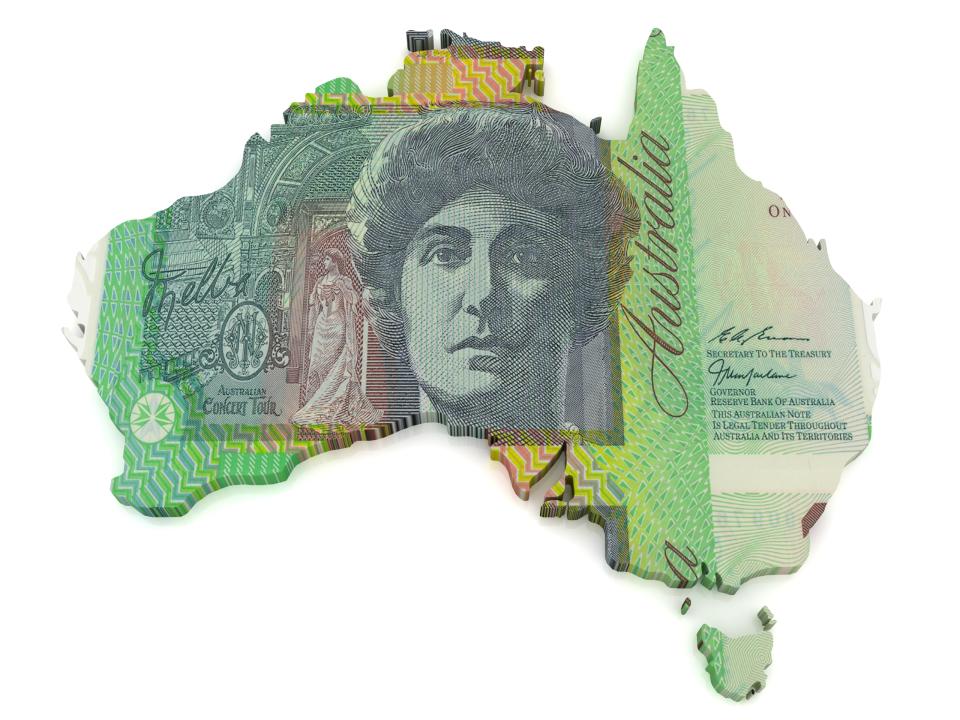The risky 2020 economic policy that could affect you big time

You’re at a dinner party, and someone says, what’s the deal with the economy?
There’s a lot of head scratching, and then someone trying to sound like they’re across news and current affairs says, “It’s stuffed”.
Related story: Interest rate decision: Reserve Bank of Australia delivers last decision for 2019
Related story: Youth unemployment hits GFC levels: How can baby boomers help?
Related story: What the experts expect from the share market in 2020
“Wages aren’t growing anymore, and everyone’s stopped spending – the government needs to help out!”
People around this chap nod their heads in approval.
Then you step in.
“Actually, the economy’s doing ok, it’s just got some big problems. And while there are calls for the government to step in, it’s not going to because it’s sticking to its budget surplus.”
Now you have everyone’s undivided attention.
“That’s why, next year, we’ll likely see the Reserve Bank ramp up its efforts to stimulate the economy with two interest rate cuts and something called QE.”
Then, predictably, your friend pipes up: ”What on earth is QE?”
Quantitative Easing or ‘QE’
I’m not going to go into the technicalities of it because it’s, well, too confusing.
All you need to know is that it will involve the Reserve Bank (Australia’s bank to the banks) using its own cash to buy government bonds.
The more the RBA buys bonds, the more the prices of those bonds rise.
Here’s the tricky bit: the interest rate on a bond moves in the opposite direction to its price. That means as bonds prices rise, their interest rates fall.
Feel free to research this phenomenon if you’re so inclined. Bonds can be quite interesting.
The effect of all this though is that interest rates right across the economy from mortgages to corporate bonds all fall – because changing the interest rates on government bonds has a ripple effect throughout the money or bond markets.
Why do QE?
So, what’s the point of all this then?
The problem facing policy makers is the economy is slowing so much that workers are starting to lose their positions, and once their jobs are gone, it’s becoming increasingly hard to land a new job.
In the past, dropping interest rates has been a great way to stimulate the economy. Unfortunately, interest rates are already very low – a legacy of the global financial crisis.
The cash rate currently sits at 0.75 per cent. This means the Reserve Bank can cut interest rates twice – once by 0.25 percentage points to 0.5 per cent, then by another 0.25 percentage points to 0.25 per cent.
That’s the level the Reserve Bank says it will consider rolling out “unconventional” monetary policy (aka QE).
The bottom line is that the Reserve Bank needs to keep providing stimulus (cheap money) to the economy in the hopes that finding a job becomes a little easier. That way shoppers will likely have more confidence to spend at the stores.
And with very little room to move in cutting interest rates (before they hit zero), QE is really the only option if the RBA want to keep its foot on the stimulus accelerator.
What’s in it for me?
Some economists are forecasting that there will be an interest rate cut in February, and then again in May, with QE to be rolled out by the end of next year.
The best-case scenario is that once this has all been implemented, if it’s implemented, your mortgage would be significantly cheaper to service.
Commsec estimates, over the year to September, the average family was able to save roughly $24 a week compared with a year earlier (as a result of tax and interest rate cuts).
With two more interest rate cuts, and QE, this saving could more than double.
As for those in job queues? Well it should also become easier for businesses to borrow. Most businesses choose to hire when they invest in new projects… so the more they’re investing and growing, the more likely there will be demand for new hires.
The problem is, if this kind of logic hasn’t worked to date, why would it suddenly change now?
Some economists are warning the opposite of the above will prove correct and that the stimulus won’t work, that businesses will continue to pull back on their spending, and in fact more jobs will go.
Cruel logic
The reality is that it’s a confidence game. Many of the economy’s problems would be fixed if shoppers chose to go out onto the high street and spend.
Recent history though suggests businesses don’t return higher sales and profits to workers in the form of higher wages, and if workers do receive more money (from the government or their bank) they save most of it.
Those who have the power to back the economy over the long run (consumers and businesses) have become reluctant to do that. That’s hurting the economy in return. That’s the deal with the economy.
Make your money work with Yahoo Finance’s daily newsletter. Sign up here and stay on top of the latest money, news and tech news.

 Yahoo Finance
Yahoo Finance 